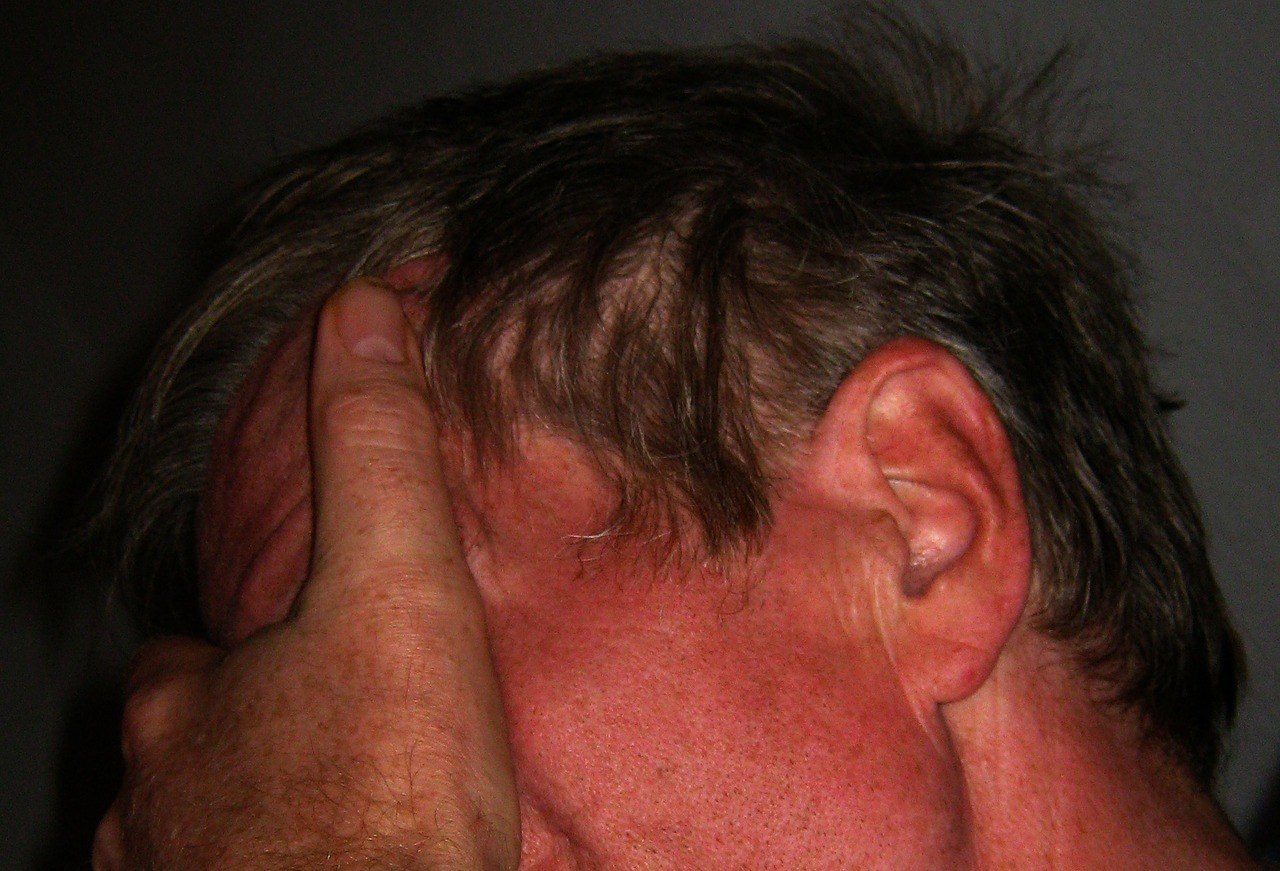What is a Cluster Headache?
A cluster headache is the most painful kind of chronic head and earned its name from the clusters or groups of attacks that sufferers can experience during a period of exacerbation. It is, fortunately, also the least common form of chronic head and only occurs in around 1 out of every 1,000 people.
What are the Signs and Symptoms of a Cluster Headache?
The primary symptom of a cluster headache is excruciating pain:
The pain can be sharp, stabbing or burning It usually centers around one eye or one side of the face, but other parts of the head and neck can also be involved It is common to have cluster periods lasting anywhere from several weeks up to a year; during this time, headaches will come on up to several times a day and can last anywhere from 15 minutes to several hours. There appears to be a cyclic nature to the pain and it often will occur at the same time of day or the same time of year; one common time for it to occur is at night around 1-2 hours after going to sleep. These cluster periods can be followed by a period of remission which is free of pain and which lasts anywhere from months to years.
Apart from the pain, there are other possible symptoms that can accompany a cluster headache. These can include tearing, redness and swelling of the eye on the affected side of the body as well as drooping eyelids and nasal congestion. Sweaty, pale skin and restlessness are also common. It’s not exactly what you’re suffering from? Then you need to check if you have one of the following headaches instead and learn about how to deal with it: Tension Headache: Understanding Of The Most Common Headache Sinus Headache: Symptoms, Causes And Natural Reliefs How To Get Rid Of A Headache Without Medicine
How is a Cluster Headache Different from a Migraine?
People sometimes mistake cluster headaches from migraines, but there are several ways in which cluster headaches are different:
Cluster headaches are a less common form of chronic headache Most cluster headache sufferers don’t get an aura, a sight or smell that signals the onset of a headache and most do not get the nausea and sensitivity to light that comes with a migraine Migraine sufferers find it easier to lie down and rest, while this position seems to make a cluster headache worse.
What Causes Cluster Headaches?
The exact cause of cluster headaches is unknown. However, doctors do know that during an attack, the trigeminal nerve, which runs along the side of the face and around the eye, becomes activated and extremely sensitive. Many researchers also believe that the underlying cause for this activation lies in some sort of abnormality in the hypothalamus, the small gland which lies in the middle of the brain: the cycles of pain seem to suggest that the problem is linked to a person’s circadian rhythms (sleep and wake cycles), which is regulated by this gland. Because of the cyclic nature of the cluster headaches, many people mistakenly believe that cluster headaches are related to allergies – but several studies have been done on this subject and no association has been found.
Who is at Risk for Cluster Headaches?
While anyone can develop cluster headaches, certain risk factors make it more likely that a person will come down with this condition. These risk factors include:
Age. People between the ages of 20 and 50 are most likely to develop cluster headaches, but the majority actually begin before age 30. Gender. Men are more likely than women to develop cluster headaches. Family history. Doctors suspect that there might be a genetic component to this problem, since it can run in families. Lifestyle choices. Use of alcohol and tobacco can increase the risk as well.
What can be Done for Cluster Headaches?
Unfortunately, to date, there is no cure for cluster headaches. The good news? People today have many more choices than in the past when it comes to day-to-day management of this condition. Treatments can include:
Oral medications, like ergots, corticosteroids (which are used for a variety of inflammatory conditions), and lithium (which was originally used for bipolar disorder but has also proven to be effective at treating these headaches). Triptans, the best-known of which is Imitrex, which can be injected or given through a nasal spray. An injectable form of somatostatin, a hormone found naturally in the brain. A block on the trigeminal nerve to cut off feeling in order to stop the pain. Experiments are underway with nerve stimulation of the occipital nerve and deep brain stimulation, but these are still not readily available. Local anesthetics like Lidocaine can also be incredibly useful.
Are there At-Home or Alternative Treatments Available?
Many patients who suffer from cluster headaches are curious about what alternative treatments are available to help treat this condition. Unfortunately, the small number of studies that have been done on complementary and alternative medicine (CAM) practices, including chiropractic therapy, homeopathic remedies, acupuncture and acupressure have not found these to be effective for the majority of patients. However, some research has been done with supplements of kudzu, a vine of Asian origin, which seem to be able to ease cluster headache symptoms. A basic healthy lifestyle with plenty of sleep and good nutrition and adequate hydration are generally supportive, as is the avoidance of alcohol and tobacco. In short, cluster headaches can bring excruciating pain and seriously reduce the quality of life for those who suffer from it. There is no cure for this condition, but the good news is that more treatments are available than in the past for treating this condition and help patients to manage the pain and lead full and normal lives.



